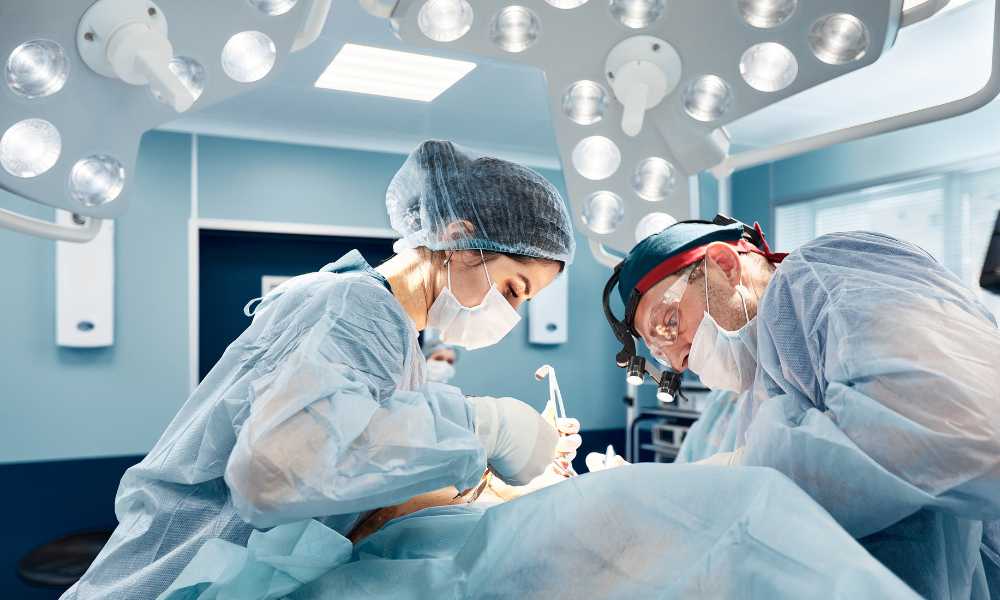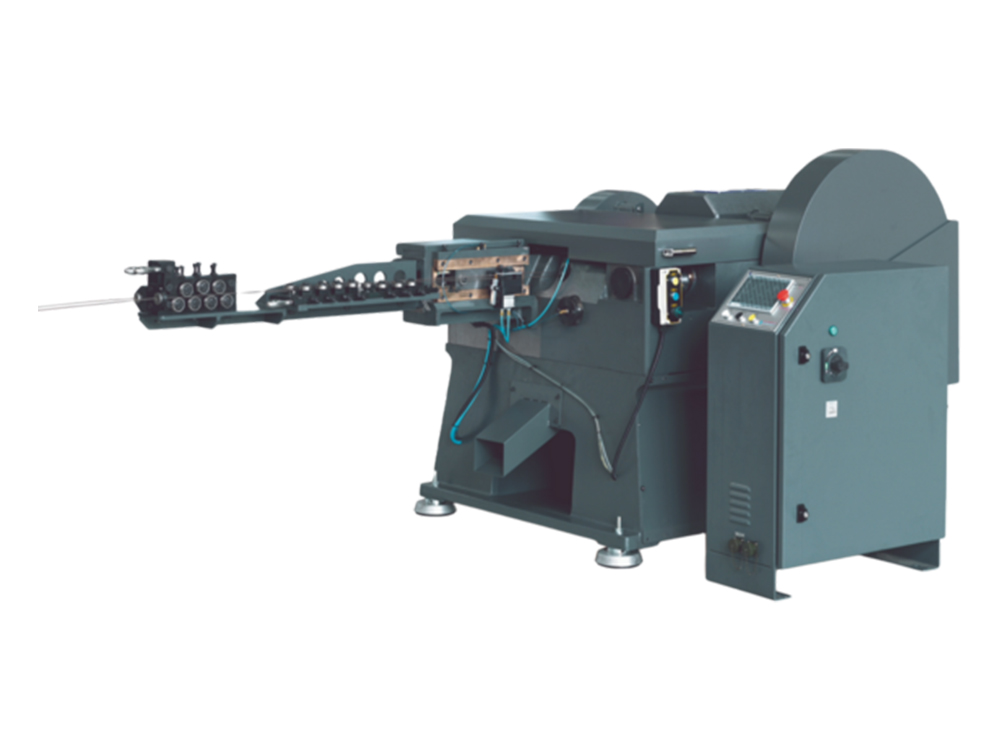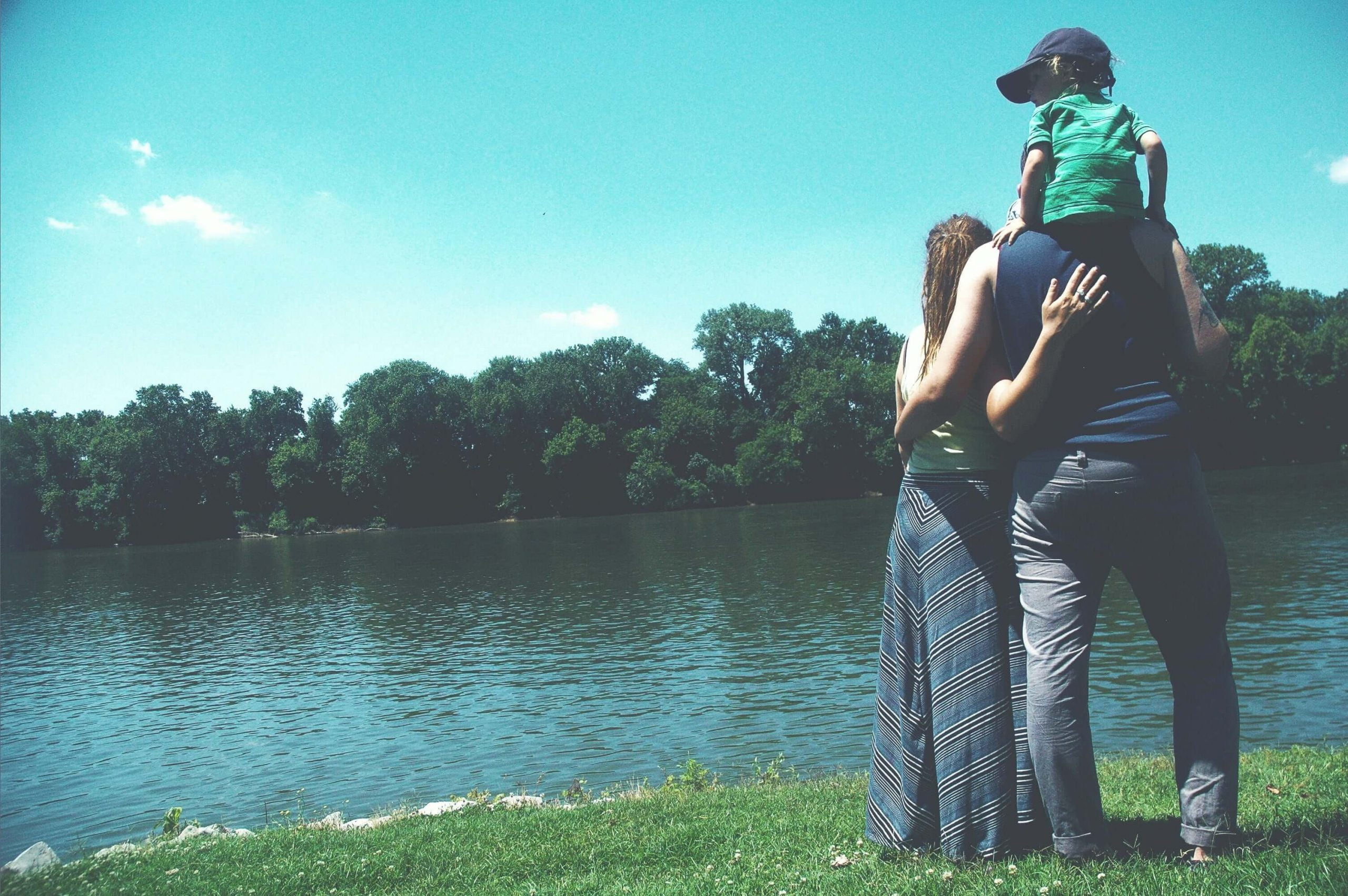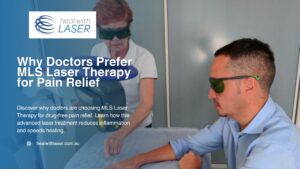Reconstructive plastic surgery reshapes and repairs body parts altered aesthetically or functionally by disease, congenital disabilities, trauma/injuries, infections and cancer surgeries. It can help patients regain confidence and move on with their lives.
Medical students should have a high level of awareness about reconstructive plastic surgery. The following resources can help them learn more about the field.
Breast Reconstruction
Breast reconstruction is a surgical procedure that recreates a natural-looking breast mound instead of a removed breast (mastectomy) or repairs deformities caused by cancer treatments such as radiation. It can be done on one or both breasts.
Depending on the surgical technique used, your surgeon may be able to reconstruct your breast simultaneously with your mastectomy or other breast-conserving surgery. This is known as immediate reconstruction.
Your surgeon, like Dr. Joel Aronowitz will create a new breast using skin from another part of your body (flap), such as the abdomen or back, or through implant technology. Sometimes, your doctor may use a fat transfer to create a more natural-looking result. With this technique, your plastic surgeon uses liposuction to extract your body’s fat, which is then cleaned and liquified before being injected into the breast area to correct any asymmetries. This is a relatively new technique.
Liposuction
One of the most widely used aesthetic procedures is liposuction. It can improve the outcomes of other cosmetic surgical procedures, such as cervicoplasty, reduction or augmentation mammoplasty, abdominoplasty, brachioplasty, thigh lift, deep or superficial fat accumulations, body contour changes, and body reshaping.
Many people have stubborn areas of fat that don’t respond to diet and exercise, even after losing a substantial amount of weight. This can cause emotional distress and lead to a decline in overall quality of life. Liposuction can help boost self-esteem and increase the confidence of people with this condition, improving their social lives and careers.
This procedure has some risks, including a temporary buildup of fluid (called seromas) that can need to be drained using a needle. Other potential side effects include numbness, permanent scarring and uneven skin tone. The best way to reduce the risk of complications is to have your surgeon use small incisions and a sterile technique and avoid overdoing liposuction.
Rhinoplasty
Rhinoplasty, or “nose job,” is a popular surgical procedure that can change the shape of the nose. It is most often performed for cosmetic reasons, although it can also improve breathing if nostrils need to be widened.
The nasal skin and soft tissue envelope (SSTE) can vary in thickness depending on multiple characteristics such as sex, age, and ethnicity. Choosing the correct nose structure for each patient is challenging, even for experienced plastic surgeons.
In rhinoplasty or nose reconstruction surgery, a specialist such as an otolaryngologist (ear, nose, and throat doctor) or oral and maxillofacial surgeon separates the nasal skin and soft tissues from the bone-and-cartilage framework of the nose, alters the inner structures for form and function, then sutures the wounds. They will use cartilage grafts taken from the ear or rib cage if required. A splint will help immobilize the nose until the incisions heal. This process can take up to a year.
Eyelid Surgery
Sagging skin around the eyes can obstruct peripheral vision and create an aged appearance. Skilled plastic surgeons such as Joel Aronowitz MD, can use a minimally invasive procedure called blepharoplasty to restore the youthful contour of the upper and lower eyelids.
For the upper lids, your surgeon will hide an incision within the natural crease where they can remove excess skin. The lower lids make a cut inside or along your lower lash line and remove or redistribute excess fat and muscle, then close the cuts.
For a dramatic effect, your surgeon can also perform a canthopexy (Greek for “binding”) or canthoplasty on the outer corner of your lower eyelids to anchor them and prevent future sagging. This procedure may take up to 2 hours and is usually performed using a local anesthetic with oral or IV sedation. Swelling and bruising may last several days but will fade with time. To reduce discomfort, you’ll need to ice the area and keep your head elevated while you recover.

















